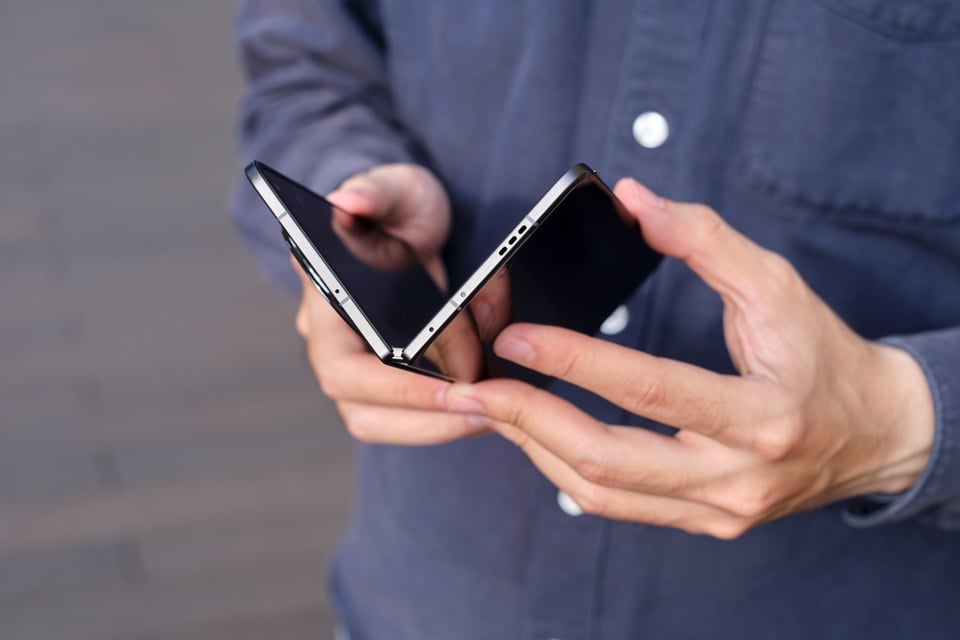 |
For the first time in many years, manufacturers are prioritizing ultra-thin designs. Photo: Tuan Anh . |
Smartphones have been around long enough that for many people, their design seems to have reached a saturation point. Most people are holding devices that are roughly 6-inch rectangles, with the exception of foldable devices.
However, the maturity and popularity of the smartphone market has caused trends to go in cycles, similar to the fashion industry. For example, in the past few years, phones have had flat edges, like the iPhone 4 launched in 2010. Five years ago, almost all phones had curved edges. Flat edges are not a new invention, they are simply a trend that is coming back.
But this year, change is coming from an unexpected place. For the first time in a long time, major phone makers are prioritizing thinness.
Samsung, Apple start the race to return with thin design
Samsung kicked off 2025 with the Galaxy S25 series, which includes an ultra-thin Galaxy S25 Edge. According to Bloomberg writer Mark Gurman, Apple is planning to launch an ultra-thin iPhone in 2025, which is said to have just a single camera. Smaller brands like Tecno also introduced impressively thin phones at MWC last month.
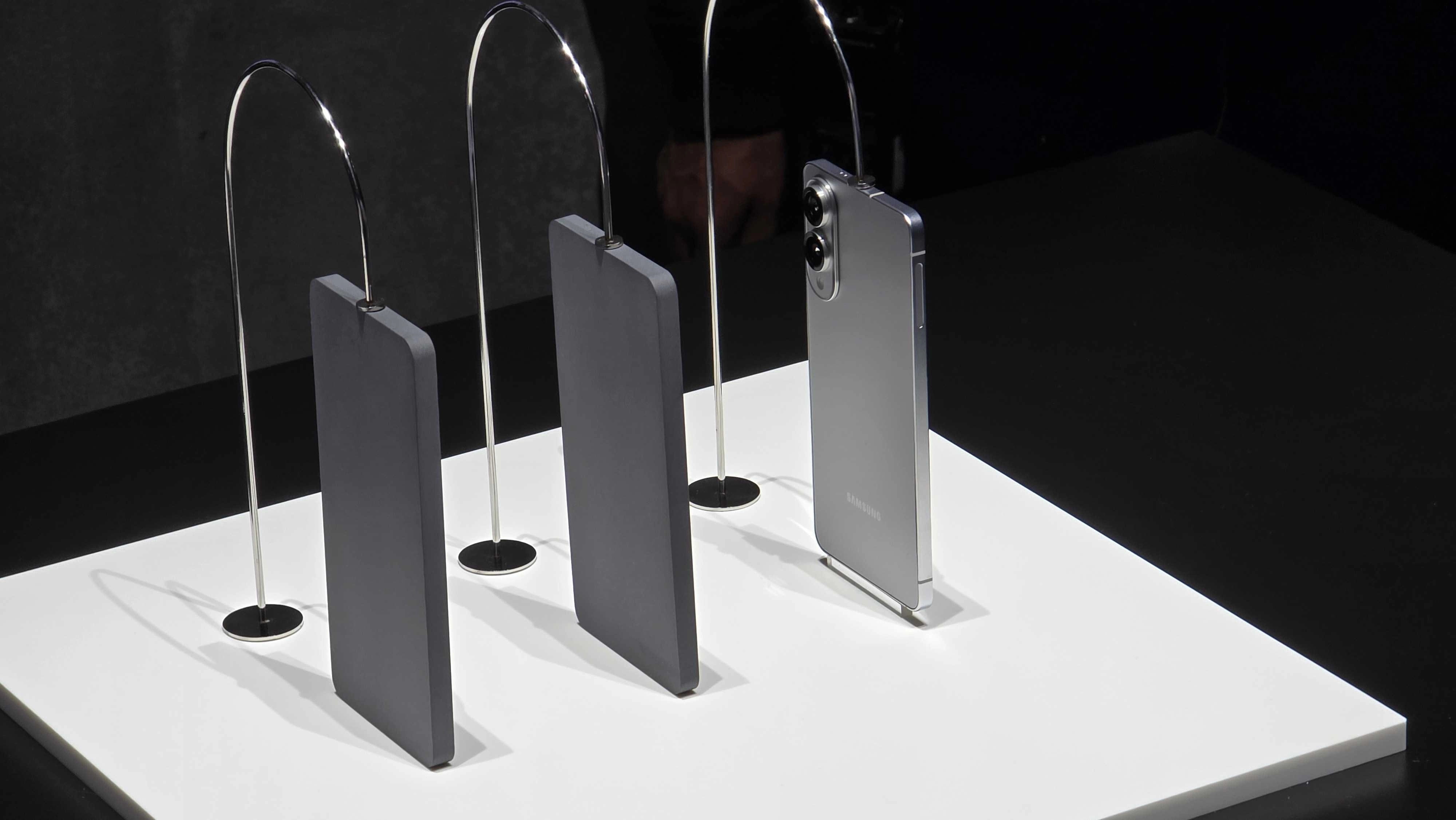 |
The Samsung Galaxy S25 Edge is placed next to the Samsung Galaxy S23 and Samsung Galaxy S24 at the Galaxy Unpacked event in San Jose, January 2025. Photo: Future. |
About a decade ago, it was fashionable to brag about how thin a phone was. “This is where the real magic lies,” Apple’s Phil Schiller declared when he introduced the larger screen on the iPhone 6 in 2014. The device was just 6.9mm thick. “That’s thinner than any phone we’ve ever made, and it’s an incredible engineering feat,” the company said. A few months later, Oppo released the R5, which was a record-breaking 4.85mm.
At the time, it seemed like the phone would continue to get thinner. But then something unexpected happened. The iPhone 6S was launched with a thickness of 7.1 mm and used a stronger aluminum alloy. This was supposed to fix the problem of the iPhone 6 being prone to bending.
No one complained about the durability of the iPhone 6S, but iPhones have continued to get thicker since then, reaching 8.3mm on the current iPhone 16 Pro. That’s not a big deal for most users, as battery life is no longer as big a concern as it once was. The increasingly large camera bump also makes it difficult to slim down.
Therefore, the appearance of a series of ultra-thin phone models in 2025 is considered a turning point by Fast Company . Why are manufacturers moving towards this trend?
Break out of the loop to create the next breakthrough
The main reason may come down to technology. While it’s unclear what type of battery Samsung or Apple will use in their upcoming devices, silicon-carbon batteries have been popular in Chinese Android phones over the past year. Incorporating silicon into the battery’s chemistry could increase capacity without increasing size.
The latest Oppo Find N5 foldable phone is just 4.2mm thick when unfolded. It’s so thin that it’s barely thicker than a USB-C port. But its 5,600mAh silicon-carbide battery has 17% more capacity than its predecessor, the Find N3, despite being 38% thicker. Other brands like Xiaomi and Vivo are also using the technology to achieve similar results.
Aside from the technical side, another reason manufacturers are turning to ultra-thin phones is more subjective. How long has it been since you saw a phone that truly wowed you? There are trade-offs to a thinner device, and battery life and performance may not be as good as those of thicker flagships.
But if you still have more than half of your battery left before charging every day, or if you rarely use the telephoto lens on your camera, a slim, compact phone might be worth considering.
As battery technology improves and most users no longer need top-notch performance, a slim yet powerful phone becomes the logical choice. Companies have reason to dedicate a portion of their product portfolio to devices that focus on design. Samsung is always willing to experiment.
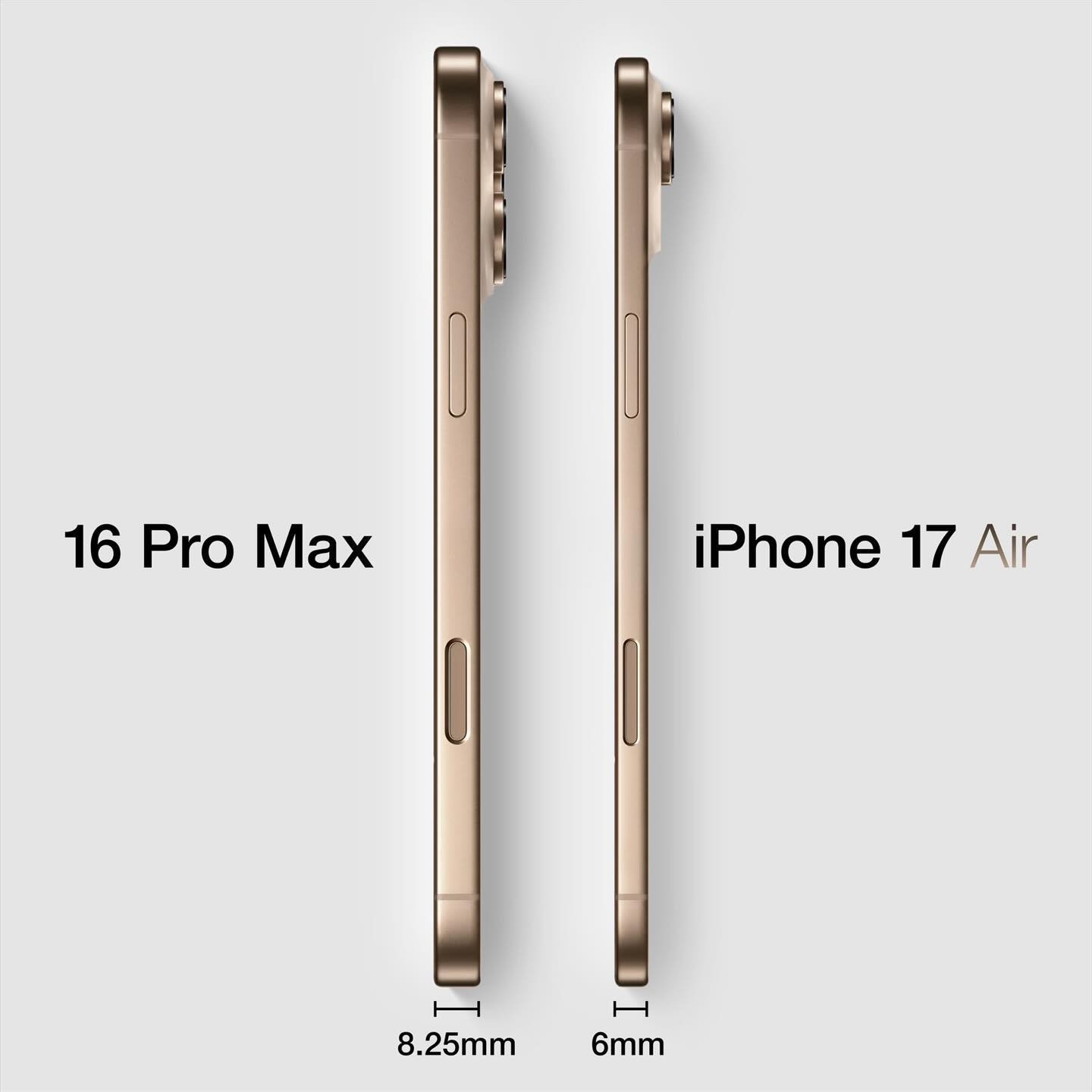 |
Model image comparing the thickness of the iPhone 16 Pro Max and the super-thin iPhone 17. Photo: iDB. |
Apple, while more conservative, is reportedly unhappy with sales of its iPhone Plus (non-Pro) line. So why not try something different, somewhere between the basic and premium segments?
The question now is whether the new designs are groundbreaking enough. Samsung has not yet announced the specifications of the Galaxy S25 Edge, nor has it let the press experience the product. According to Bloomberg 's Mark Gurman, the upcoming super-thin iPhone will be "about 2mm thinner than the iPhone 16 Pro," or about 6.3mm, which is more similar to the iPhone 6 than the current thick iPhone models.
Maybe that’s a fair trade-off. The goal here is to create a phone that’s like the MacBook Air of the laptop world . That means a striking design but specs that are just good enough for most people. The Pro models will still be there for those who really need them, according to Fast Company .
Source: https://znews.vn/thoi-cua-dien-thoai-sieu-mong-da-tro-lai-post1541450.html










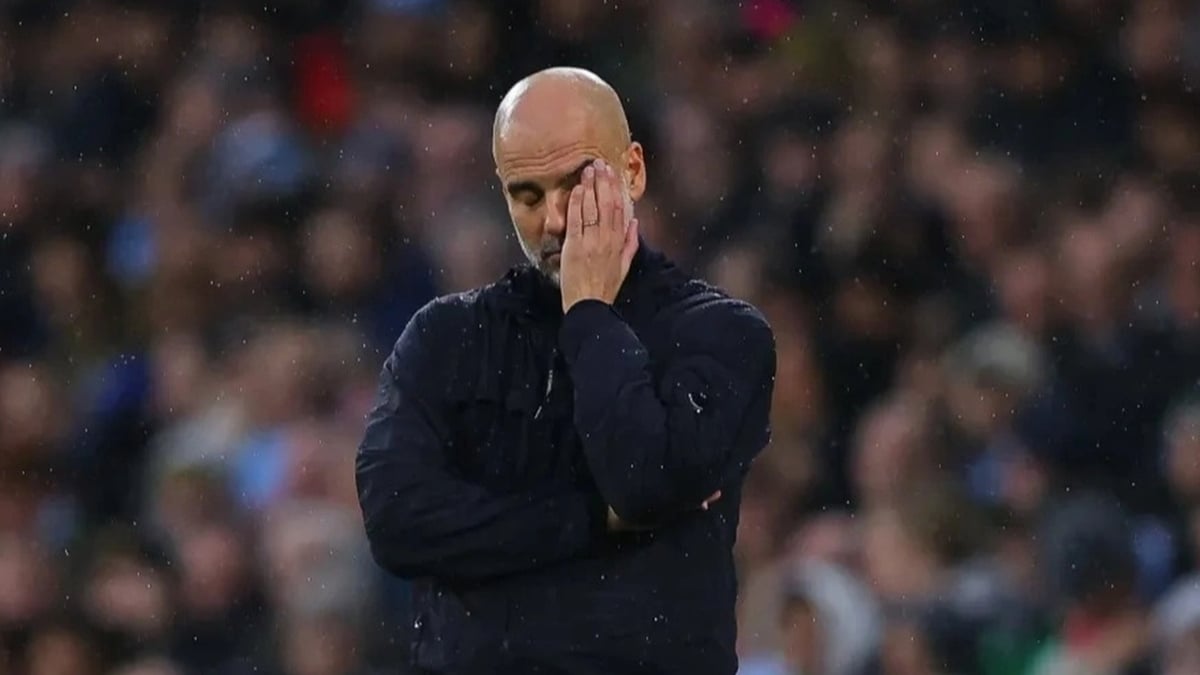
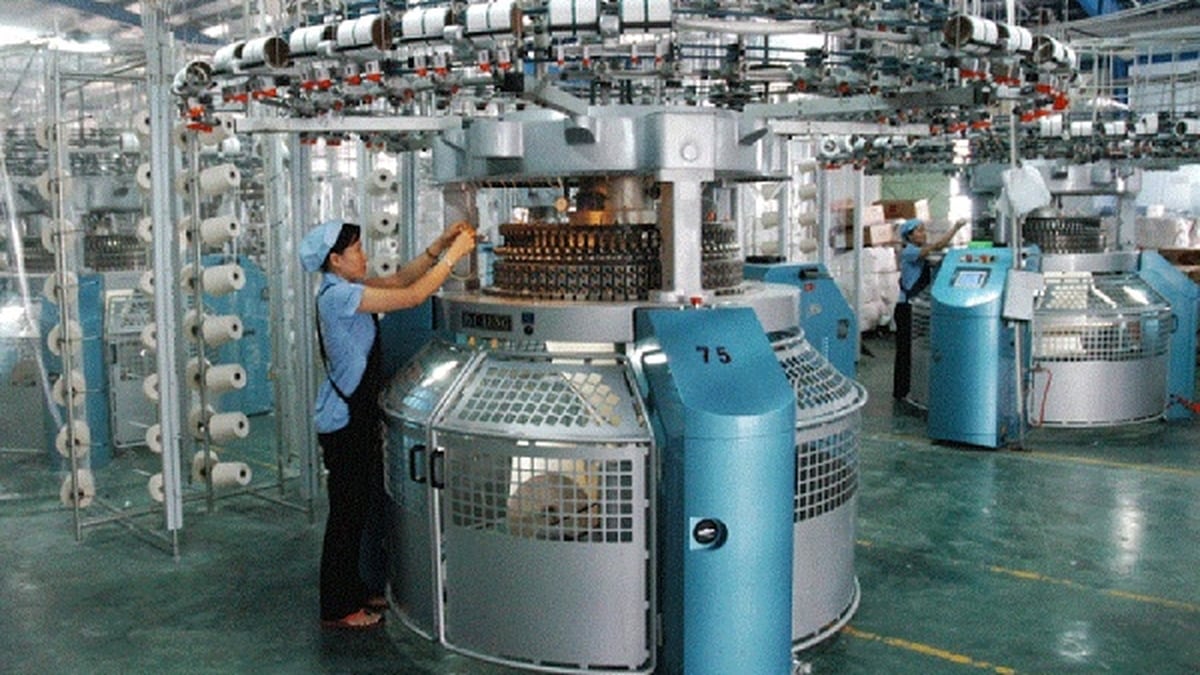














![[Photo] National Assembly Chairman attends the seminar "Building and operating an international financial center and recommendations for Vietnam"](https://vphoto.vietnam.vn/thumb/1200x675/vietnam/resource/IMAGE/2025/7/28/76393436936e457db31ec84433289f72)










































































Comment (0)